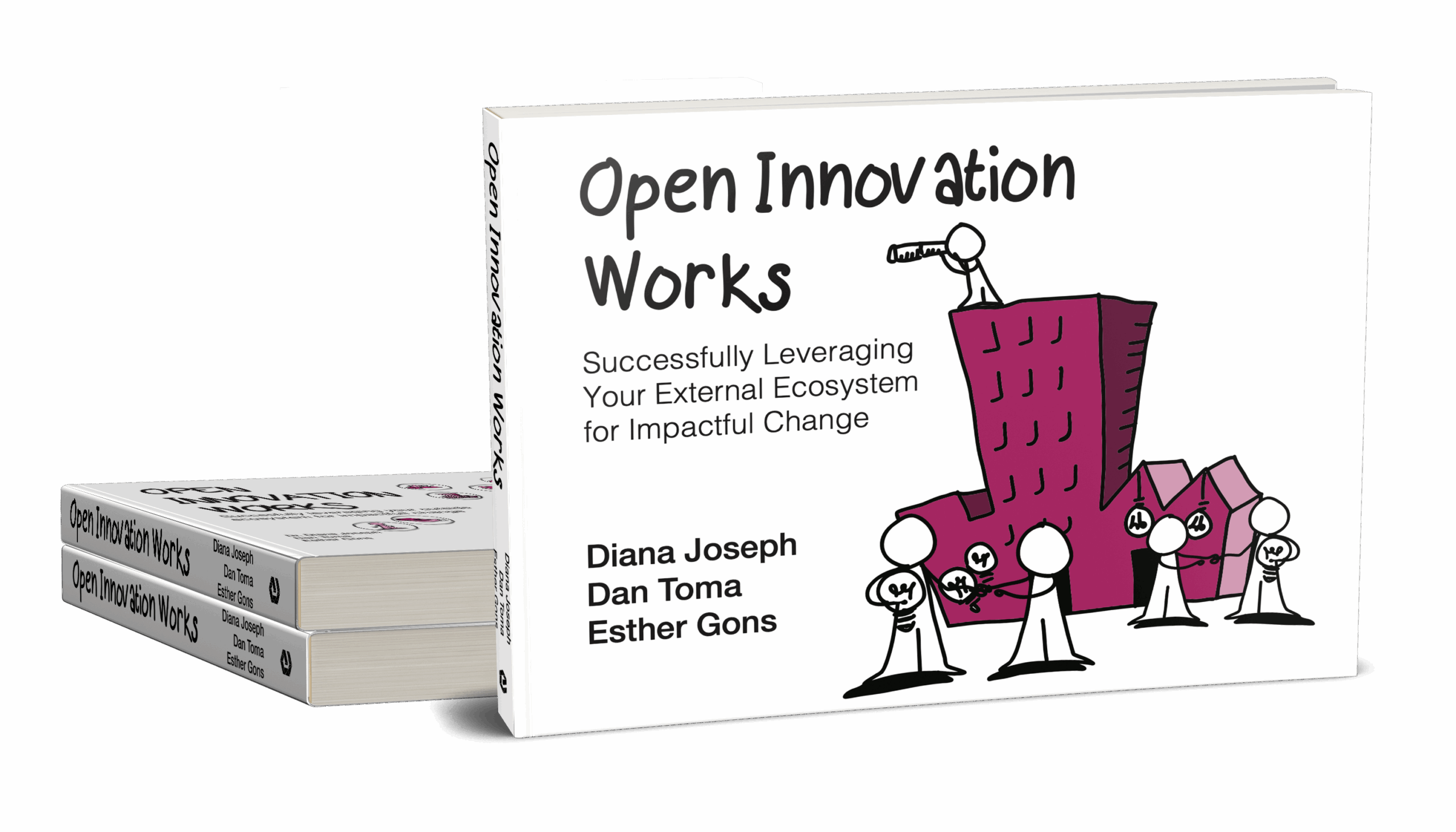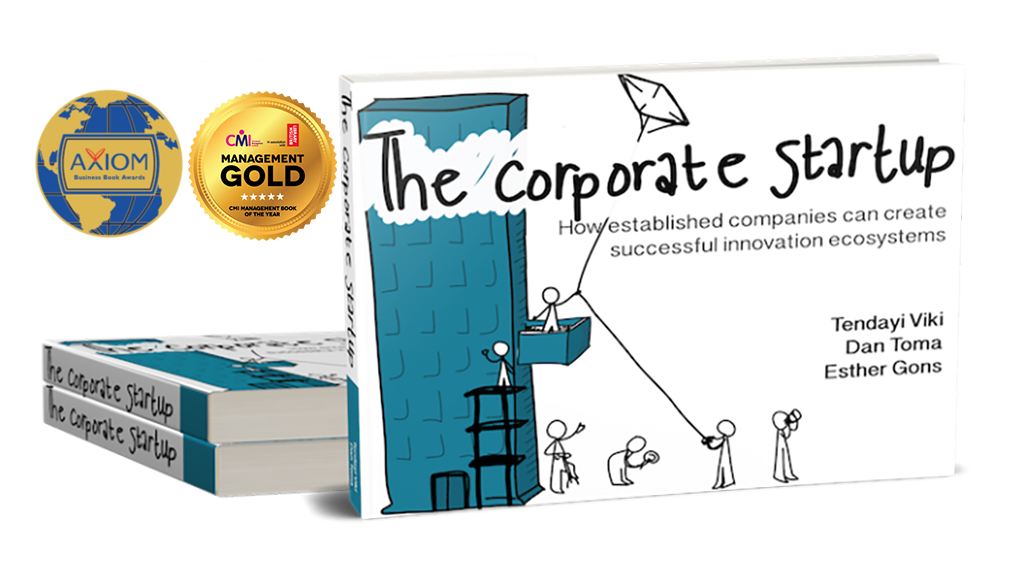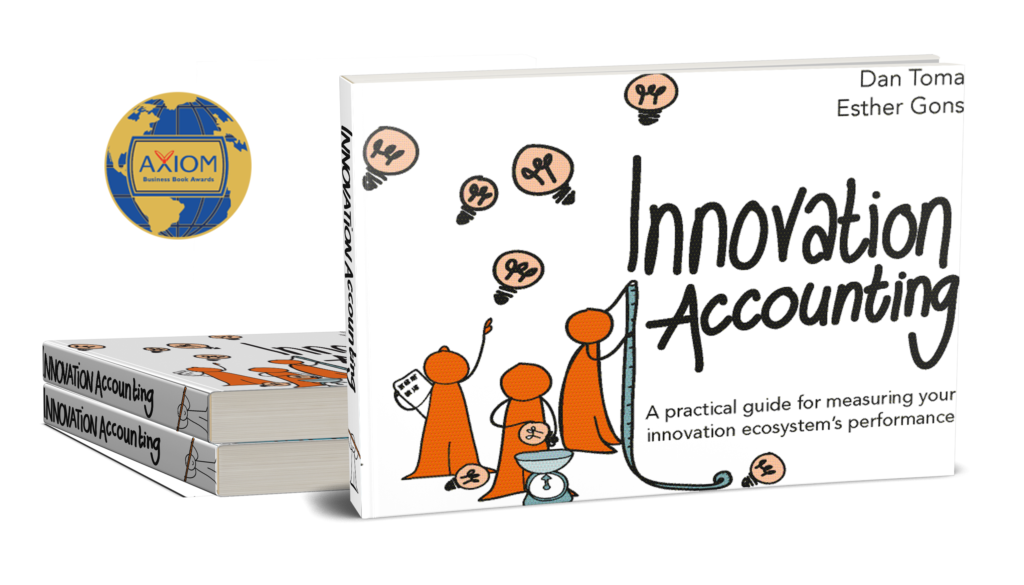Your subscription could not be saved. Please try again.
Your subscription has been successful.

by Dr. Diana Joseph, Dan Toma & Esther Gons

As a corporate leader, you know better than most that innovation is a business imperative, and you can’t do it completely in-house due to structural constraints. How to proceed? The answer is open innovation — partnering with outside entities like universities, government agencies, peer firms, and startups. But there are so many limits, mysteries and tradeoffs!
The Open Innovation Works book is designed to demystify the world of open innovation and help you get the most out of your innovation spend — through frameworks, hands-on templates, case studies and the right day-to-day practices.
Complementing the previous books The Corporate Startup and Innovation Accounting, Open Innovation Works takes you on a journey from identifying the right kind of open innovation for your organizational context, through bringing that vision to life.
In their experience in the field of innovation, co-authors Dr. Diana Joseph, Dan Toma and Esther Gons have seen that open innovation initiatives tend to begin with a big, expensive splash and close 1-3 years later with little to no impact on ROI, learnings or anything else. This book prevents you from that kind of waste.
Dr. Diana Joseph, PhD, is an entrepreneur and learning scientist who learned about corporate innovation in the field through years at companies like Adobe and Citrix. As CEO of the Corporate Accelerator Forum, Diana has developed a guidance community for corporates who innovate through startup partnership. She translates her insights into powerful and practical in-person and online events, ecosystem experiences and consulting engagements. Diana co-hosted the Ecosystem Show podcast and in Summer 2022 initiated Click | the Startup Accelerator for Corporate Partnership, a preparatory engine for startups who need to create healthier deals with corporates. Diana lives on Tamien land in the San Francisco Bay Area.
Dan Toma is an innovation thought leader. He started his career in entrepreneurship, being involved with technology startups across the world. Puzzled by the questions ‘why are innovative products mainly launched by startups?’, together with his team at the consultancy company OUTCOME, he focuses on enterprise innovation transformation. Specifically on the changes blue-chip organizations need to make to allow for new ventures to be built in a corporate setting.
The work experience gathered from the public and private sector has been translated into various experiential courses that Dan has delivered for universities such as Royal Academy of Engineering (UK) or the University of Applied Science Rhein-Main (Germany).
Dan holds a dual degree MBA from Bradford University (UK) and TiasNimbas Business School (The Netherlands) and he was featured on the Thinkers50 2020 Radar list of management thinkers to watch while also being a member of the World Economic Forum’s working group on accelerating digital transformation.
Esther Gons is the founder and CEO of GroundControl. GroundControl is the Innovation Accounting software platform that implements all the best practices from the Innovation Accounting book to help corporate ventures with the development of new business models. GroundControl works with clients such as DHL, Colgate Palmolive, Schiphol Group, and ABN Amro bank.
Esther is co-author of The Corporate Startup and is an international speaker on corporate innovation, innovation accounting, portfolio management, and startups. She has been an entrepreneur for over 20 years and mentored several hundred startups so far, as investor at NEXT Startup Ventures, lead mentor in the Rockstart Accelerator programmes, and several corporate innovation labs.
Table of Contents
/ Introduction
/ What is Open Innovation and Why Does it Matter?
/ Do You Need This Book?
/ How does an Open Innovation Ecosystem Work?
/ The Open Innovation Dashboard
/ Optimizing your Open Innovation Practice
/ Startup Accelerator
/ Startup Incubator
/ Corporate Venture Capital
/ Prove-Out Journey
/ University Partnership
/ Consortium
Winner of the 2019 Golden Axiom Business Book Award and the 2018 Management Book Of The Year Award.
The Corporate Startup is a practical guide for established companies that aspire to develop and sustain their innovation capabilities.
‘A key reading for leaders that outlines how to effectively innovate for the future and boost growth, while running the core business.’
– Alexander Osterwalder, co-author of ‘Business Model Generation’.


Sign up to get the latest updates